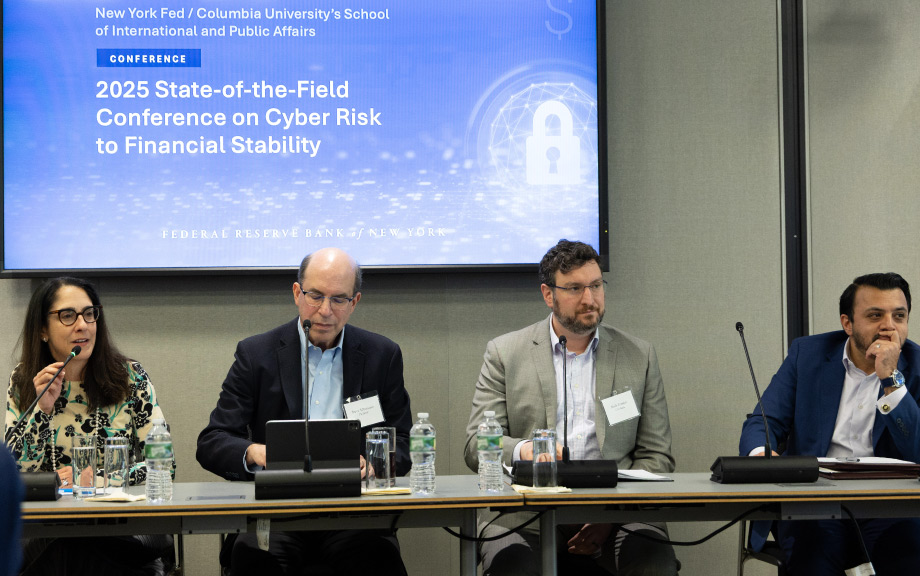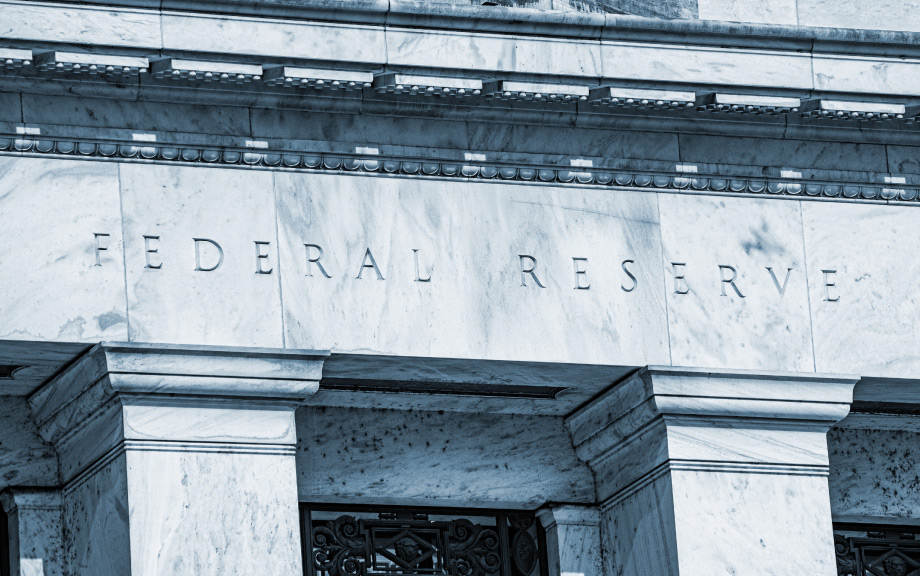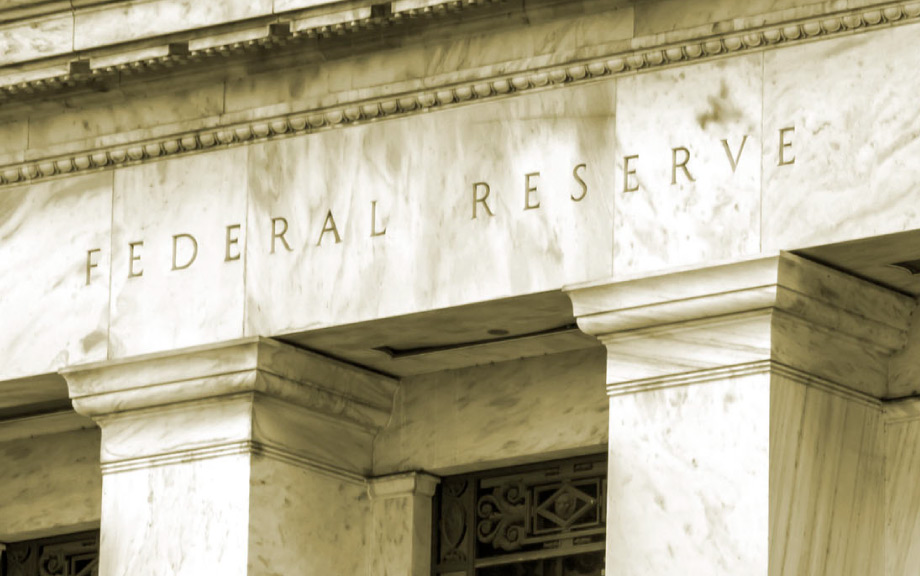
The New York Fed has unique responsibilities to support the Federal Reserve System’s monetary policy and financial stability goals. As part of that, the New York Fed participates in the foreign exchange (FX) market by intervening when directed by the Federal Open Market Committee and U.S. Treasury, conducting FX transactions for official sector account holders, managing international dollar liquidity facilities, and monitoring global market developments. It also sponsors the Foreign Exchange Committee (FXC), represents the U.S. on the Global Foreign Exchange Committee (GFXC), and convenes the industry and public sector from around the world for FX market structure conferences.


















